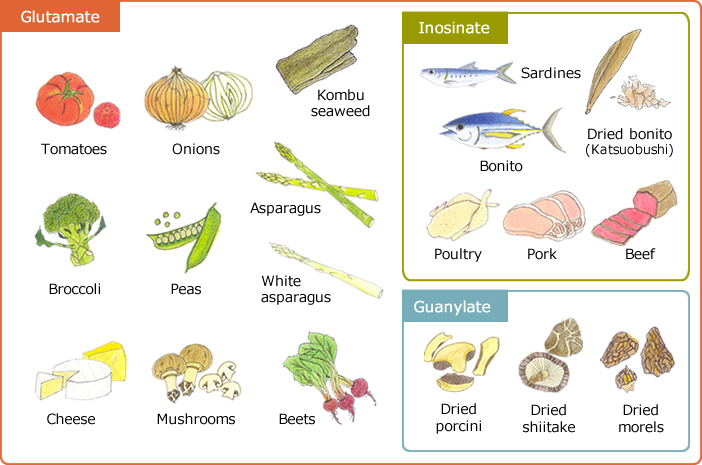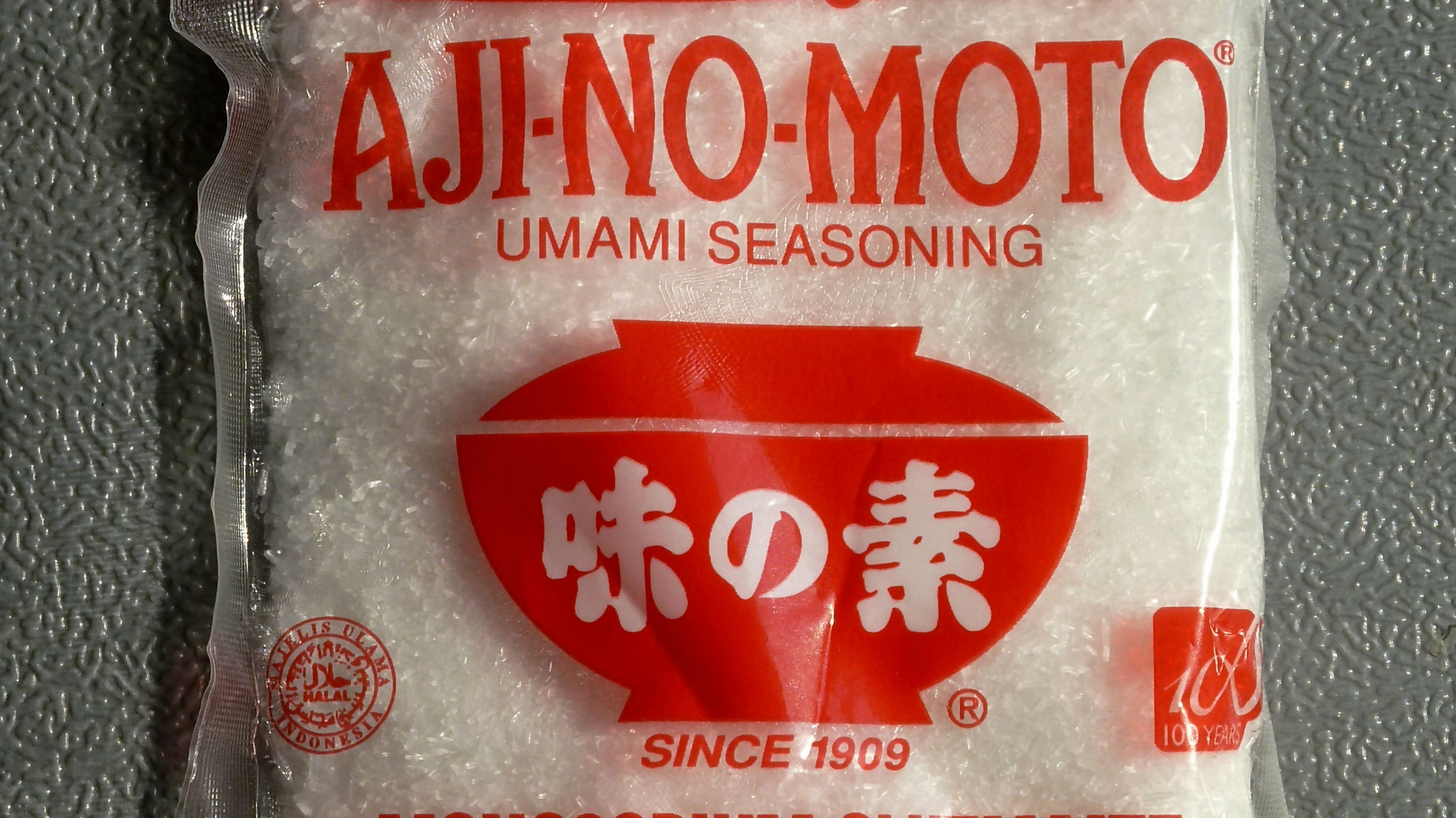We are often told that there are four basic tastes: sweet, sour, bitter and salty. But at some point in life, you realize that there's actually a fifth taste, and that's umami.
It is a term coined by the Japanese chemist, Kikunae Ikeda, which can be translated as "pleasant savory taste". This taste can be described as something that brothy or meaty and is quite difficult to describe in words.
It can usually be detected in foods that contain a high level of the amino acid glutamate. It is also exists in isolation as MSG, which is often added to food for an umami flavor and is actually a safe ingredient for consumption.
Perhaps it will be easier to explain it as deliciousness. A taste that hits you back at the throat and leaves you craving for more. It does occur naturally in meats, smoked or fermented fish and vegetables such as seaweed, miso and mushrooms. Umami is also present in mother's milk.

As a general rule, it is common to foods that contain high levels of L-glutamate and 5’-ribonucleotides such as guanosinine monophosphate (GMP) and inosine monophosphate (IMP). This makes it common in fish, cured meats, shellfish, green tea, cheese, fish sauce, soy sauce, nutritional yeast and so on.
But the list doesn't actually end there, it can also be detected in tea, soup, tomatoes, beets, to name a few lesser known umami-containing foods.
It is also a way to signal the body to secrete saliva and digestive juices in order to allow the smooth digestion of protein.
Anyone who has tried it would agree that it has the unique ability to make food taste transcendently better without altering the taste, but richer and fuller. It is also something that you'd notice when its lacking.
Think of it as an Instagram filter for food.



